|
|
Albert Dobson of Carney Street, Boosbeck; Gus Coote and Clarence ‘Clarry’ Ditchburn of Moorsholm leading out the mine horses on August 28th 1959. Because of the height of the ironstone seams, horses as opposed to ponies were employed in the Cleveland District . These details confirmed by Ann Jackson: “Clary or Clarence Ditchburn was my Dads cousin and lived at Moorsholm. His Mother was Elizabeth Ditchurn nee Shaw.” and Janice Walker: “Clarence was my uncle ,he was married to Mary.My dad was Reginald Ditchburn he left Moorsholm to live with his sister Eva May Stanforth in Leeds.”
Image courtesy of Maurice Grayson, with updated information courtesy of Alison Small and Lingdale History (Communigate). Thanks also to Ann Jackson and Janice Walker for the updates.
An early image of the mine; Deepdale valley has not been filled in with shale at the date of this photograph. The semi circular mine fan housing of possibly the Cooke ventilating fan, can be seen. The building and fan were replaced by a 30 foot diameter Waddel fan.
David Richardson tells us: ”Taken sometime in the 1890′s, both the 1872 and 1874 Cook’s Fan houses are visible with the Compressor House and Boiler Plant Chimney behind them. A little away from those to the right is the Hauler House for the South Drift. On the hillside to the left of the photo is a large chimney which was the original furnace shaft for ventilating the North drift but was likely only used for a few years before the 1872 Cook’s fan took over.”
Image courtesy of Michael Garbutt and many thanks to David Richardson for the update.
This image shows both men strapping on clogs – shaped wooden soles to protect his boots from the heat – before going on to the sand bed to break up the still hot pig iron; and stack it ready for the crane to remove it.
Image (from a Glass Plate Negative) courtesy of Dave Mcgill.
George House – Tyne Tees Televison Reporter – interviewing ‘A North Skelton Miner’ on 17th January 1964; at he end of his last shift. Peter Armstrong tells us: ”I think this miner being interviewed is my grandfather William Henry Armstrong (“Boy” Armstrong). ”
Image courtesy of George Pearson and many thanks to Peter Armstrong for that update.
Last pay day at North Skelton Mine 17th January 1964. Being paid is George Swan with walking stick hooked in his pocket. George lost a leg down the mine, he was given the job of handing out the explosives to the shotfirers from the underground magazine. Behind George is believed to be John Whiteley.
Image courtesy of George Pearson; additional information courtesy of Jeff Templeman.
North Skelton; Miners queue for their last pay at the ”Bob hole,” It will be noticed they are wearing ordinary clothes , no issue of special gear in those days, some still carrying their carbide lamps, and in their pockets bottles and containers which held water or cold tea, ”No Canteen” underground in the good old days!
However Bill Danby tells us: ”My brother-in-law, Frank Holmes, who was the last Deputy out of North Skelton Ironstone Mine in 1964 states that this is unlikely to be a photograph of the last day at the mine. One of the miners is carrying a carbide lamp and another a candle, whereas, Frank says, North Skelton mine was one of the first to start using electric lamps. Or the picture was a set-up for the occasion. Frank worked most of his life down the mines, first at Lingdale, where in the 1953 disaster he helped carry out the lads burnt in the explosion of methane. On the closure of that mine he transferred to North Skelton. After retiring he volunteered to help at the Skinningrove Mining Museum and put the roof up in the tunnel where they demonstrate what life down there was like.” Bill also suggests ”There is much information on North Skelton Mine from its opening in 1872 on my website ’ The History of Skelton’”
Image courtesy of George Pearson; many thanks to Bill Danby for that update.
North Skelton Mine; the last pay packets, being paid at the accounts office window called the ”bob hole”, on the 17th January 1964. Can any one help with identification of the Miners? Leo Howard tells us: ”The first man in the queue wearing beret. His name was Willi Wnek. He was Polish and was the fitter.” Alan Etherington comments: “Of little consequnce, a Bob Hole was the little door in the side of a hen house that was raised each morning to let the hens out and closed at night when they’d all gone back in and this would keep out foxes.” Whilst Hilary Fullilove asks: “My father, Henryk Doktor, also Polish, worked at the Lumpsey pit until the 1950s. I would very much like to find out more about his time there. Any references to mining records etc. would be most gratefully received.”
Image courtesy of George Pearson, thanks to Leo Howard and Alan Etherington for the updates; can anyone assist with Hilary Fullilove’s enquiry?
Photograph taken at the back of North Skelton mine fitting shop. 1954.
Left to right: Tony Calvert (apprentice electrician), Colin Wheatley (apprentice fitter), Tiny Dunston (apprentice fitter), Alan Richardson (apprentice fitter), Jeff Templeman (apprentice fitter).
Image courtesy of Jeff Templeman.
North Skelton Mine Fitting Shop Staff 1954.
Standing: Jeff Templeman (apprentice fitter), Steve Bottomley (fitter), Ron Harding (fitter’s mate), Bill Turnbull (fitter), Dennis Stangoe (fitter).
Kneeling, Alan Richardson (apprentice fitter), Tiny Dunston (apprentice fitter).
Image courtesy of Jeff Templeman.
North Skelton Mine First Aid and Rescue team.
Left to right: Jack Teasdale, John Hobson, Harry Beadnall, George Garland, Mine Manager George Pearson.
Richard Beadnall tells us: ”This is my granddad, Harry Beadnall. He was on the mine rescue team at Lumpsey before moving to North Skelton until it closed. He died not long after leaving North Skelton.”
Image courtesy George Pearson and thanks to Richard Beadnall for the update.
Page 7 of 21« First«...56789...20...»Last »
|
|
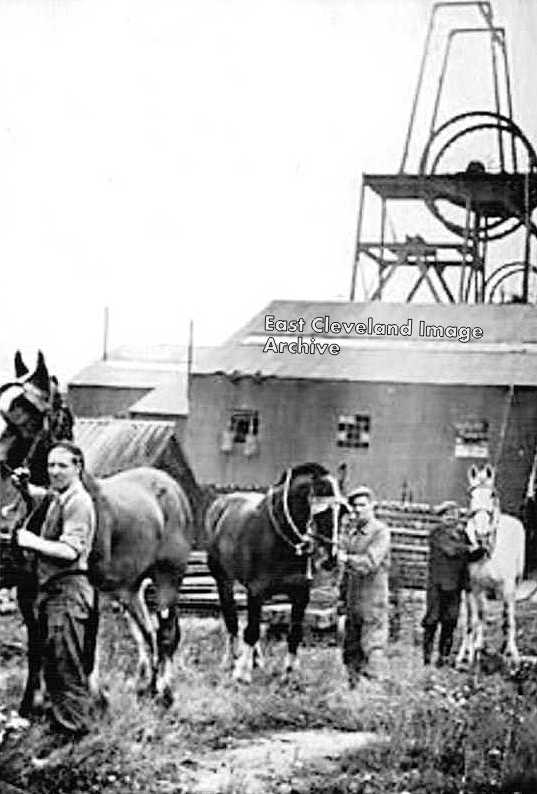
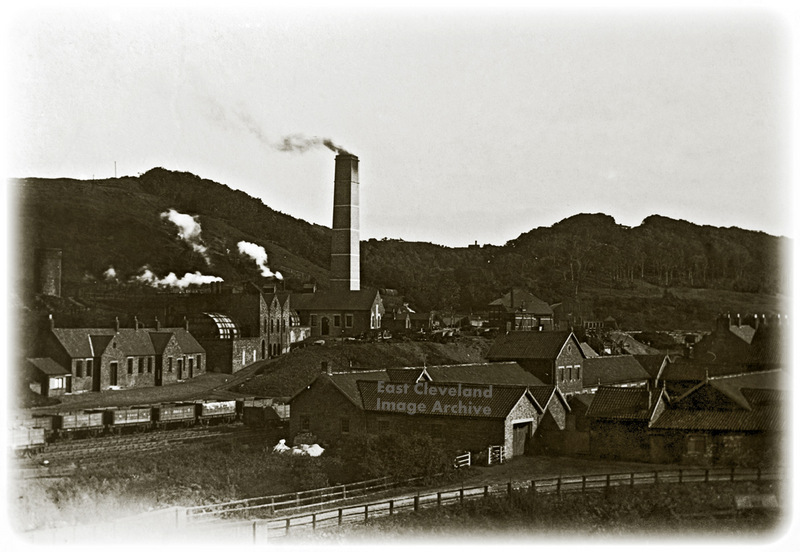
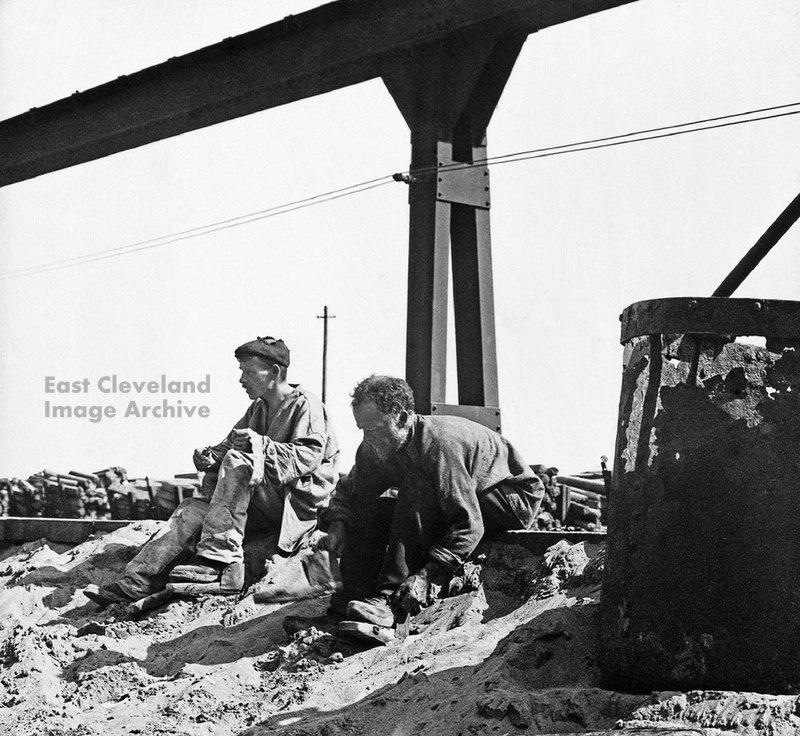
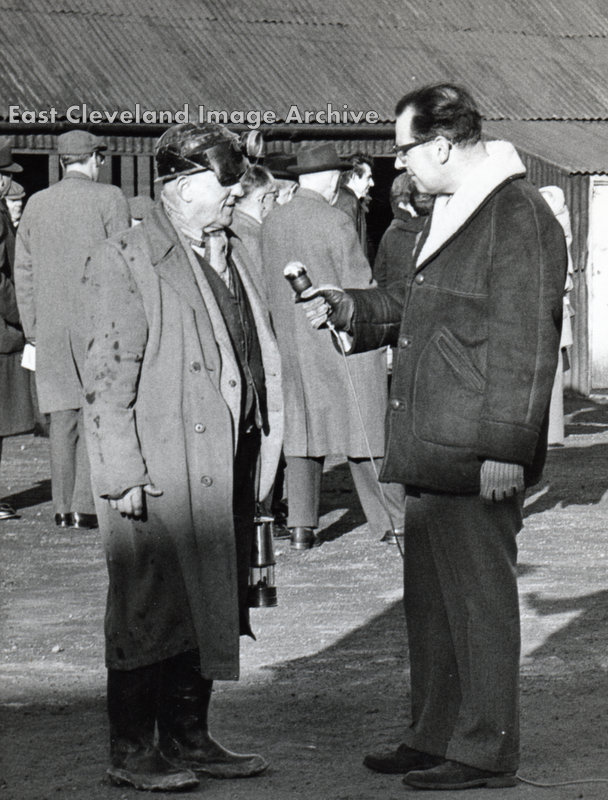
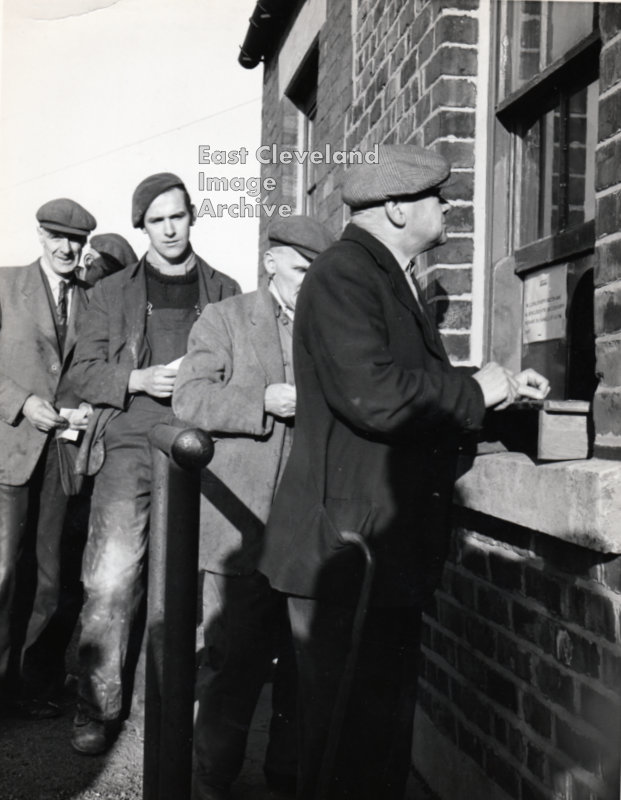
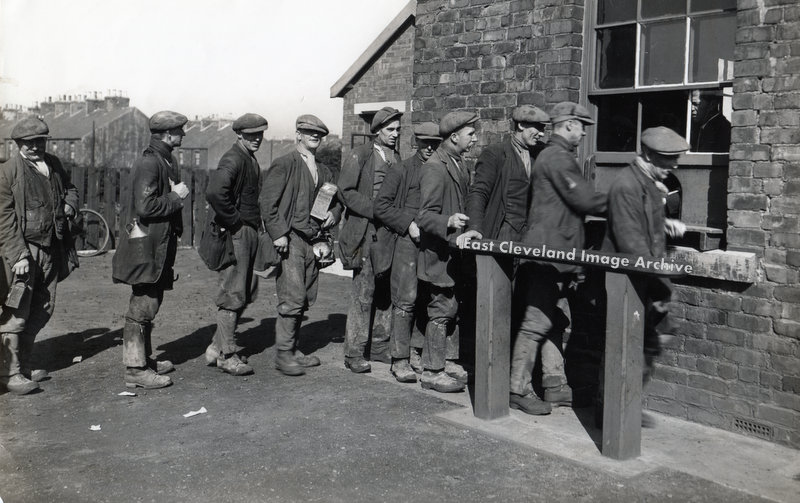
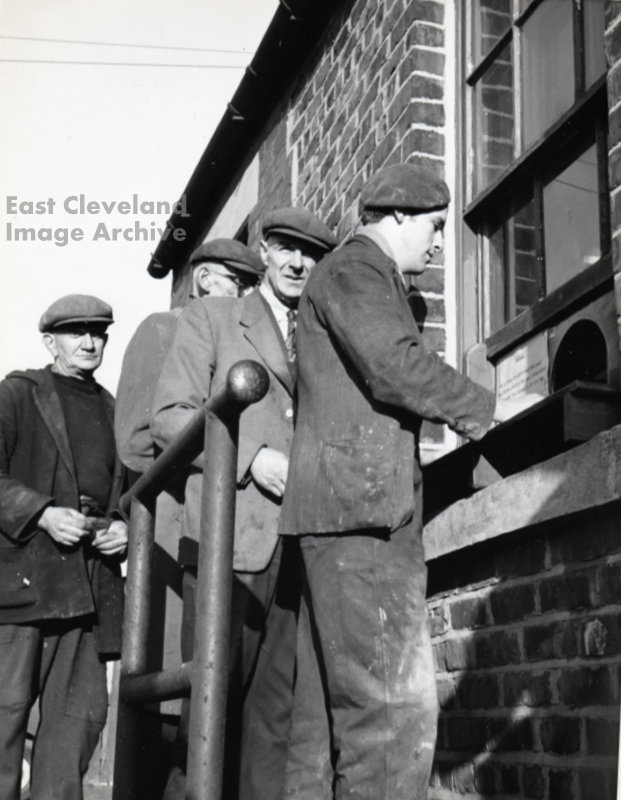
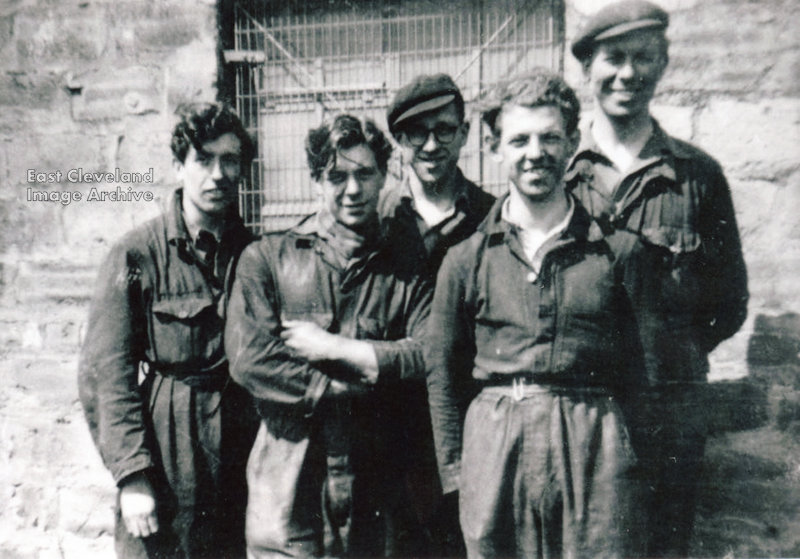
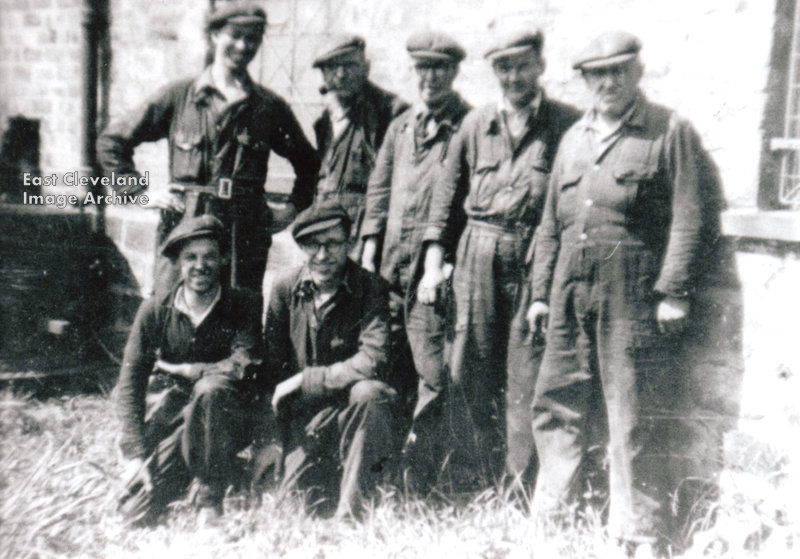
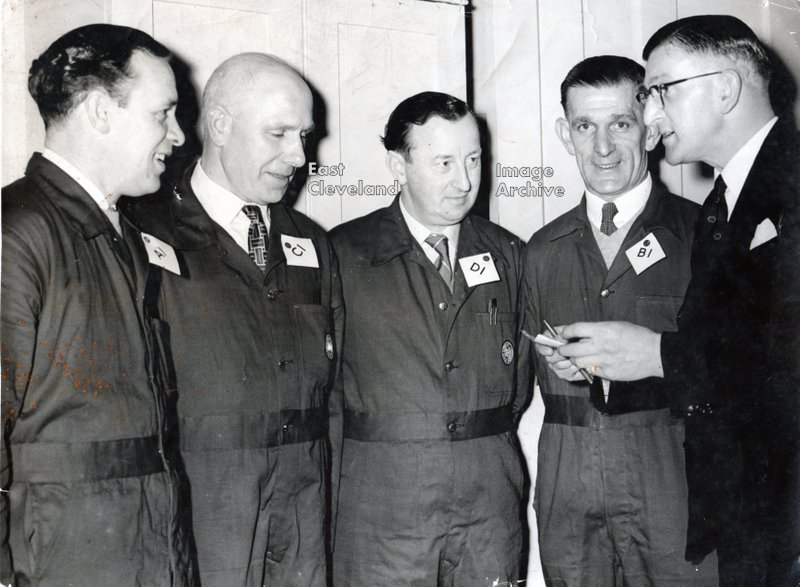
Recent Comments